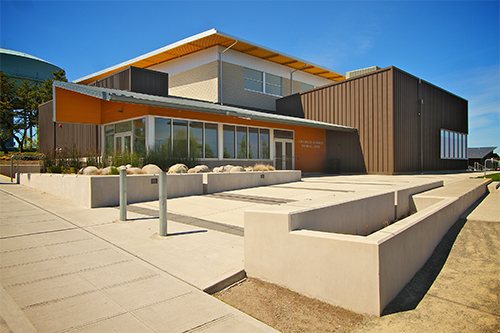
Coding
Once our students reach Fourth Grade, they are introduced to Coding through Scratch, a block-based programming language and CS First, which provides a computer science curriculum that makes coding easy to teach and fun to learn. While both are very effective platforms for teaching kids to code, we are going beyond that. We are teaching students to learn. In the process of creating and sharing Scratch projects, students are not only learning important mathematical and computational concepts, but also they are deepening their understanding of ideas in other disciplines and developing a broad range of problem-solving, design, collaboration, and communication skills.
At OLG, coding is not introduced in a way that focuses primarily on teaching specific concepts, instead, instruction is geared towards supporting students in developing the creativity, collaboration, and communication skills needed to thrive in today’s world.
Robotics & Introduction to Programming
The Introduction to Programming EV3 module is designed to teach core computer programming logic and reasoning skills using a robotics engineering context. It is also designed for student self-pacing in small groups, preferably pairs. Each pair of students works together at one computer, with one EV3 robot. Tasks are designed to involve some – but not extensive – mechanical consideration, so that hands-on design tasks may remain authentic without becoming logistically difficult. Learning to program the EV3 allows students to engage immediately and begin building core programming and problem-solving skills. It provides a structured sequence of programming activities in real-world project-based contexts. The projects are designed to get students thinking about the patterns and structure of not just robotics, but also programming and problem-solving more generally.
For young students, concepts like “consider problems analytically” and “use data to inform decisions” seem abstract and difficult to comprehend. Educational robotics systems like the LEGO Mindstorms EV3 provide a much-needed tool to make these concepts real and approachable.
Consider the first few activities in this curriculum: students program a robot to drive fixed distances in set patterns. Even these simple programming constructs require precise, thoughtful communication between student and robot – how far should the robot move? How far should it turn? As the challenges become more complex, students learn to break the large problems down into simpler ones, and construct solutions with care, one step at a time.

These practices – precise logical thinking, using data to make decisions, analyzing problems, and building solutions in teams – are critical in all forms of problem solving, not just robotic ones. Thus, by the end of the curriculum, students should be better thinkers, not just coders.

